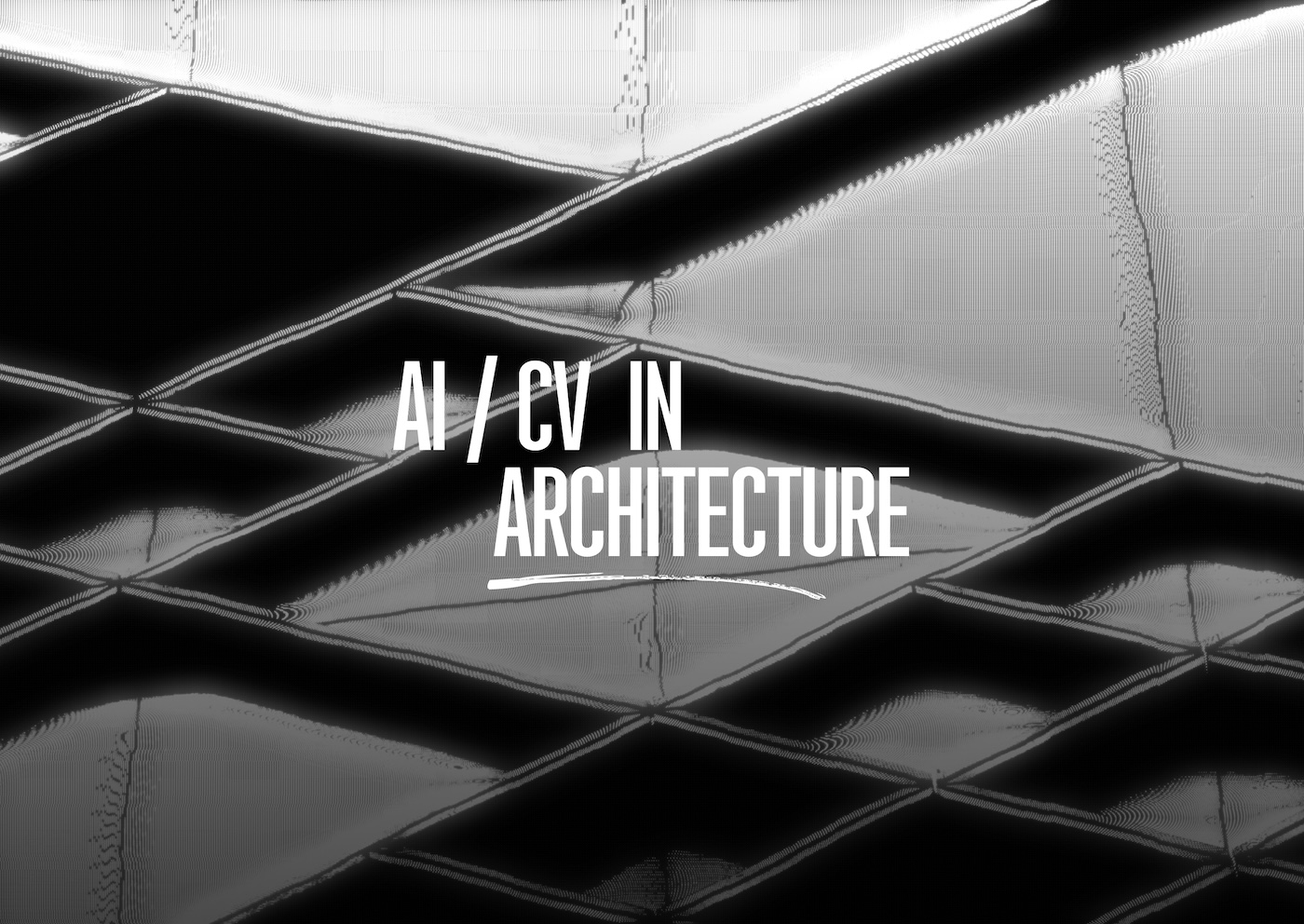

Explore the heart of AI advancements with our OpenCV AI Weekly Insights Digest. We keep you informed on all that's fresh and significant in the world of artificial intelligence.

Nvidia has launched the Blackwell B200 GPU and GB200 superchip, setting a new benchmark in AI technology. The company, already known for its H100 AI chip, is pushing further ahead. The B200 GPU brings 20 petaflops of computing power, while the GB200 combines two B200 GPUs with a single CPU, offering a 30-fold increase in performance for AI tasks. This leap in efficiency could reduce energy and cost by up to 25 times compared to previous models. Given the H100's price of around $40k, the GB200 could be 4-5 times pricier, with consumer versions of Blackwell not expected before 2025.
Training AI models have become more efficient with Nvidia's new technology. For example, a task that used to need 8,000 GPUs now requires only 2,000 Blackwell GPUs, cutting energy use from 15 megawatts to four. Nvidia's innovation includes a transformer engine that doubles performance and a networking switch that boosts communication speed among GPUs.
Cloud giants like Amazon and Google are already planning to adopt these superchips, demonstrating Nvidia's influence on the future of AI computing.
Read More: NVIDIA

Google has rolled out VLOGGER, an AI that brings still photos to life. Imagine taking a snapshot and a snippet of voice, and VLOGGER animates this into a talking, moving avatar.
Trained on a vast library of 800,000 videos, VLOGGER understands how people move and talk. It's like teaching a computer to read body language and facial expressions, then recreating it from a single picture.
Video dubbing can now use avatars that match the speaker's lip movements and emotions in any language. Video games and virtual assistants can become more realistic and personal. Even video chats get an upgrade, requiring less bandwidth using avatars instead of live video feeds.
With VLOGGER, Google hints at a future where our online selves become as expressive and dynamic as real life.
Read More: Arxiv Paper

OpenAI's Sam Altman on Lex Friedman's podcast made many hints about GPT-5 and his vision for the future of AI. Altman raised expectations by promising an "amazing new model" this year and much more.
He expects GPT-5 to mark a giant leap forward, mirroring the transition from GPT-3 to GPT-4. He also introduced Project Sora, which aims to connect AI to the physical world through advanced world generation and robotics.
Altman sees computing power as the primary commodity of the future, talking about changing the way value is measured in a technology-driven world. His eye-opening talk signifies the innovative developments in AI that await us.
See The Video: YouTube

Elon Musk and xAI have released Grok-1, a large language model with 314 billion parameters, now open source under the Apache 2.0 license.
Grok-1 processes information in real-time, learning from tweets immediately as events unfold. Developers plan to enable Grok to operate directly on any personal computer, eliminating the need for significant GPU memory.
Musk is making a statement in the ongoing debate about open AI. In contrast to OpenAI's closed approach, Musk is making Grok-1 openly available, pushing for a transparent future for AI development. Although Grok-1 doesn't introduce breakthrough AI capabilities, its launch marks a pivotal moment for the open AI movement.
Read More: X.ai Blog
See you in the next digest! Ready for more AI insights? Just keep scrolling.
